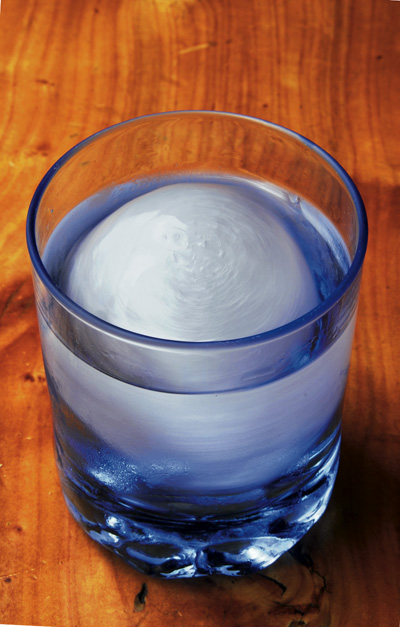Shochu 焼酎
 Where sake is brewed – and uses only rice – shochu is distilled, and can be manufactured from rice, barley,potato, brown sugar, or soba/buckwheat. Sake’s alcoholic content is between 10 – 20%; shochu’s is 25%- weaker than whiskey, but stronger than wine or sake.The taste? “Nutty”, or “earthy”. Production of shochu is centered around Kyushu,Okinawa, and other islands – the very south of Japan.This is reflective of how shochu first came to Japan, via Thailand, China, or Korea, prior to the 16th century.
Where sake is brewed – and uses only rice – shochu is distilled, and can be manufactured from rice, barley,potato, brown sugar, or soba/buckwheat. Sake’s alcoholic content is between 10 – 20%; shochu’s is 25%- weaker than whiskey, but stronger than wine or sake.The taste? “Nutty”, or “earthy”. Production of shochu is centered around Kyushu,Okinawa, and other islands – the very south of Japan.This is reflective of how shochu first came to Japan, via Thailand, China, or Korea, prior to the 16th century.
Korea has a similar drink called Soju, and China’s version is named either baijiu or shaojiu. One of the first recorded instances of shochu in Japan is some graffiti on a wooden roof tile from a Shinto shrine in Kagoshima Prefecture, in Kyushu.
Dated to 1559, two carpenters complain in writing about the extreme stinginess of the shrine’s high priest who refused to give them shochu, despite all their hard work.Ten years earlier, a priest of a different kind,Francis Xavier, noted that there were no drunk people in Japan since “once inebriated they immediately lie down and go to sleep.” How convenient. What would Boccaccio or Chaucer have made of this? (Incidentally,Kagoshima Prefecture makes no other alcohol).
Prior to 2003, sake was more popular but, since then, shochu has experienced a boom. Thanks to Izumi Shigechiyo, a regular consumer of shochu who lived to the age of 120 years old, shochu’s health benefits came to the fore in clever marketing campaigns. Mind you, the old bird also took up smoking at 70, and his doctor advised him not to drink shochu at his age. Go figure.
Personally, the best reasons for drinking shochu would likely be that it tastes good, and that it gets you where you want to go. Shochu can be drunk neat, on the rocks, with water (shochu 6:4 water), with hot water (5:5), mixed either with (Chinese) oolong tea or fruit juice; mixed with alow-alcohol beer (the resulting concoction being known as “hoppy”), or, in one of its most popular incarnations,as chuhai, shochu mixed with soda, ice, and some form of fruit flavouring.
Kome-jochu (shochu)
Kome (rice) shochu: shochu distilled from rice and,for that reason, the original – in Japan. The 400 year-old method for this is entirely different from, but shares the same base ingredient with, sake. It has a fairly thick taste, and appears to have originally developed in regions too warm for sake production. Kumamoto prefecture is the area most famous for its rice shochu, so much so that they have their own version of a “Grand Cru” class rice shochu, “Kuma Shochu”, produced in the township of Hitoyoshi.
Mugi-jochu
(Barley shochu). Lighter, and goes down easily. This might explain why this style of shochu, and sweet potato shochu (imojochu) are the two premium kinds most popular in Japan. If cask-aged, the taste of mugijochu can be sharper, and more strongly reminiscent, of a single malt scotch. Nagasaki Prefecture was where mugi jochu was first made, and the shochu made in Iki there is justly famous. Oita Prefecture may not have been first, but they are famous for their 100% barley malt shochu, which is not “cut” with any other ingredients.
Imo-jochu
Imo (potato, or sweet potato) shochu. One of the two current premium styles of shochu, originally the taste and aroma of this was too strong for most consumers.However, since a low-pressure distillation system was developed, the new, lighter flavour (reminiscent of almonds) has sent its popularity through the roof;so much so that a serious shortage of sweet potatoes resulted ! Originally produced in Kagoshima, since the rocky soil there was not conducive to growing rice, and tubers were more readily available. Miyazaki is famous for imo jochu, too.

